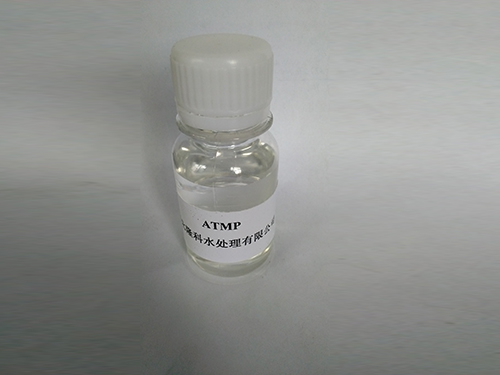Understanding the pH Effects of Polyaluminium Chloride in Water Treatment Applications
Polyaluminium Chloride (PAC) and Its pH Significance in Water Treatment
Polyaluminium chloride (PAC) has gained significant attention in water treatment processes due to its efficacy as a coagulant and flocculant. The chemical structure of PAC, which is a polymeric form of aluminum chloride, enables it to effectively remove impurities from water, making it an essential component in both municipal and industrial water treatment facilities. One of the crucial factors influencing the performance of PAC is its pH level, which plays a decisive role in the coagulation and flocculation processes.
Polyaluminium Chloride (PAC) and Its pH Significance in Water Treatment
In typical water treatment scenarios, the optimal pH range for PAC is generally between 6 and 8. Within this range, PAC can perform effectively, creating a balance between the solubility of aluminum ions and the formation of larger flocs that can be removed from the water. At this pH range, the charge neutralization mechanism facilitated by PAC works effectively, allowing particles and colloids in the water to aggregate and precipitate, which aids in the clarification of the water.
polyaluminium chloride ph

Furthermore, the pH level also influences the nature and stability of the formed flocs. A well-optimized pH results in the production of denser and more stable flocs, which settle more readily in sedimentation tanks, leading to improved removal efficiencies of suspended solids, turbidity, and even some dissolved organic compounds.
It is important to note that the pH impacts not only the chemical reactions occurring during the coagulation process but also the overall quality of the treated water. If the pH is not carefully controlled, it can lead to undesirable outcomes such as residual aluminum in the treated water, which poses health risks. Studies indicate that excessive aluminum levels can lead to neurological issues and other health concerns. Therefore, monitoring and adjusting the pH during the coagulation process is crucial for ensuring that water treatment meets regulatory standards for aluminum concentration.
In addition to health concerns, the pH can affect the efficiency of subsequent treatment processes, such as filtration and disinfection. For instance, in filtration processes, poorly formed flocs can cause clogging, thereby increasing operational costs and reducing filter lifespans. Likewise, during disinfection, certain disinfectants may be less effective at suboptimal pH levels, compromising the microbial safety of the treated water.
In conclusion, the relationship between polyaluminium chloride and pH level is fundamental to the effectiveness of water treatment processes. Maintaining the optimal pH range is critical for maximizing the performance of PAC as a coagulant while minimizing health risks associated with aluminum residues. Water treatment facilities must prioritize regular monitoring and adjustment of pH levels to ensure efficient coagulation, leading to safer and clearer water for consumption and use. The significance of PAC in modern water treatment cannot be understated, as it plays a pivotal role in ensuring access to clean and safe water, an essential resource for public health and well-being.
-
The Power of Isothiazolinones in Modern ApplicationsNewsMay.08,2025
-
Flocculants in Water TreatmentNewsMay.08,2025
-
Flocculants and Chemical Solutions: What You Need to KnowNewsMay.08,2025
-
Flocculants and Chemical Solutions: A Growing IndustryNewsMay.08,2025
-
Essential Chemicals: Polymaleic Anhydride and MoreNewsMay.08,2025
-
Acrylic Polymers: Essential Solutions for IndustryNewsMay.08,2025





